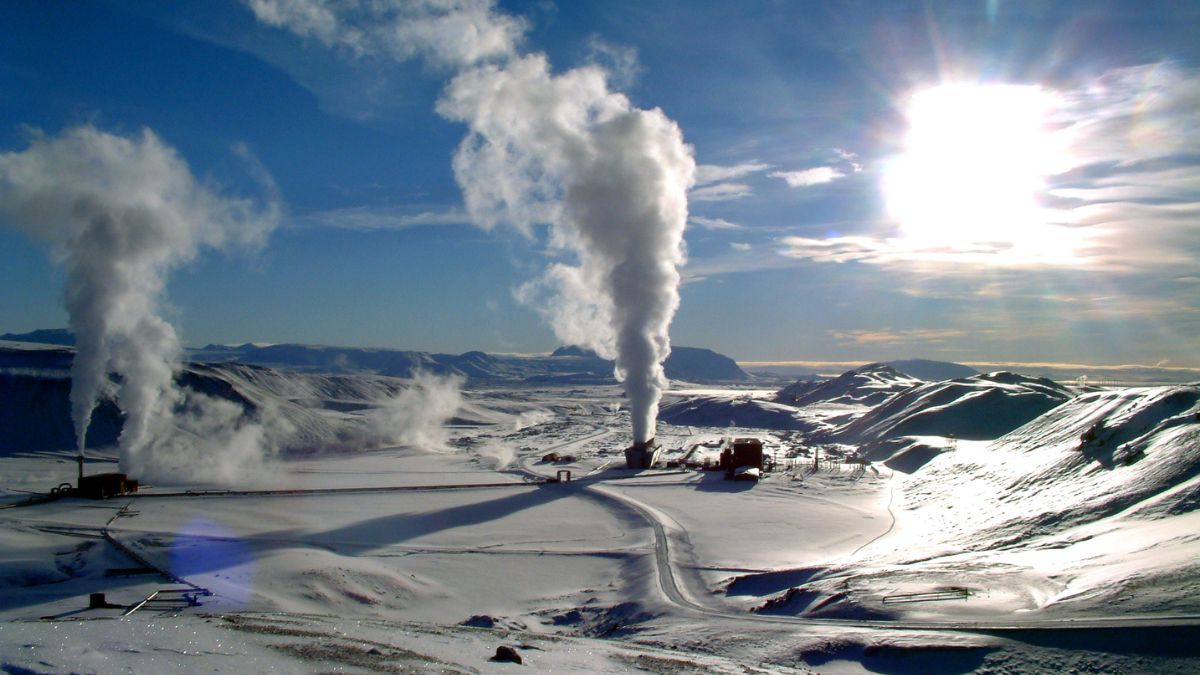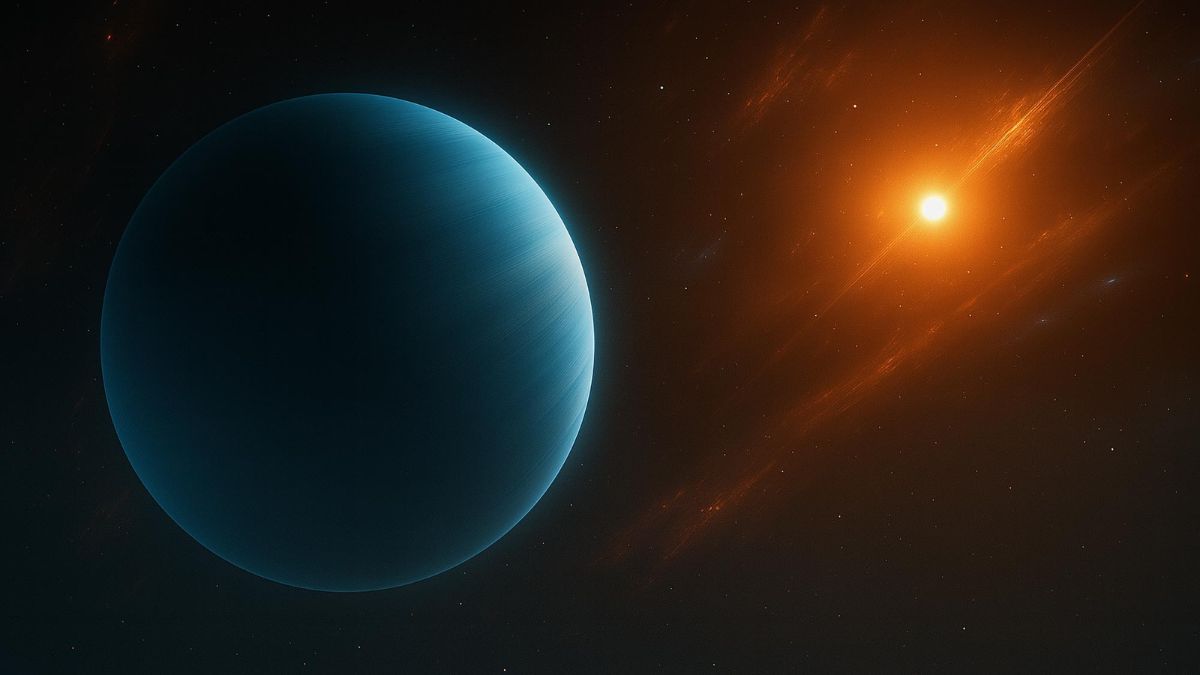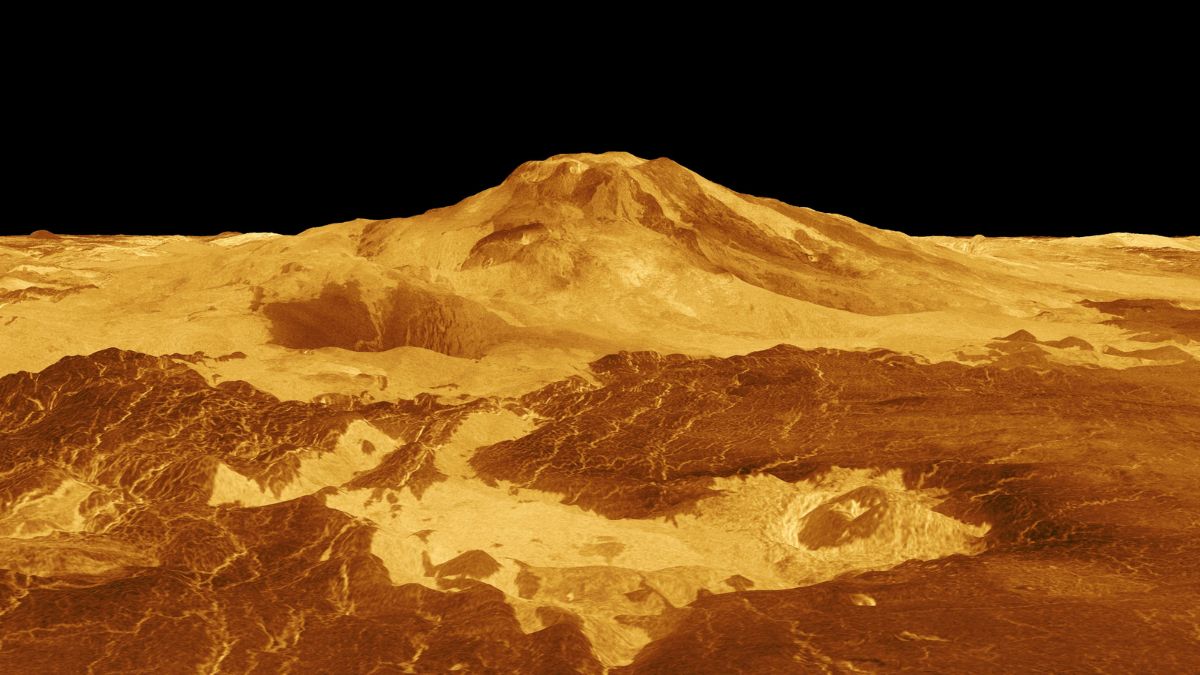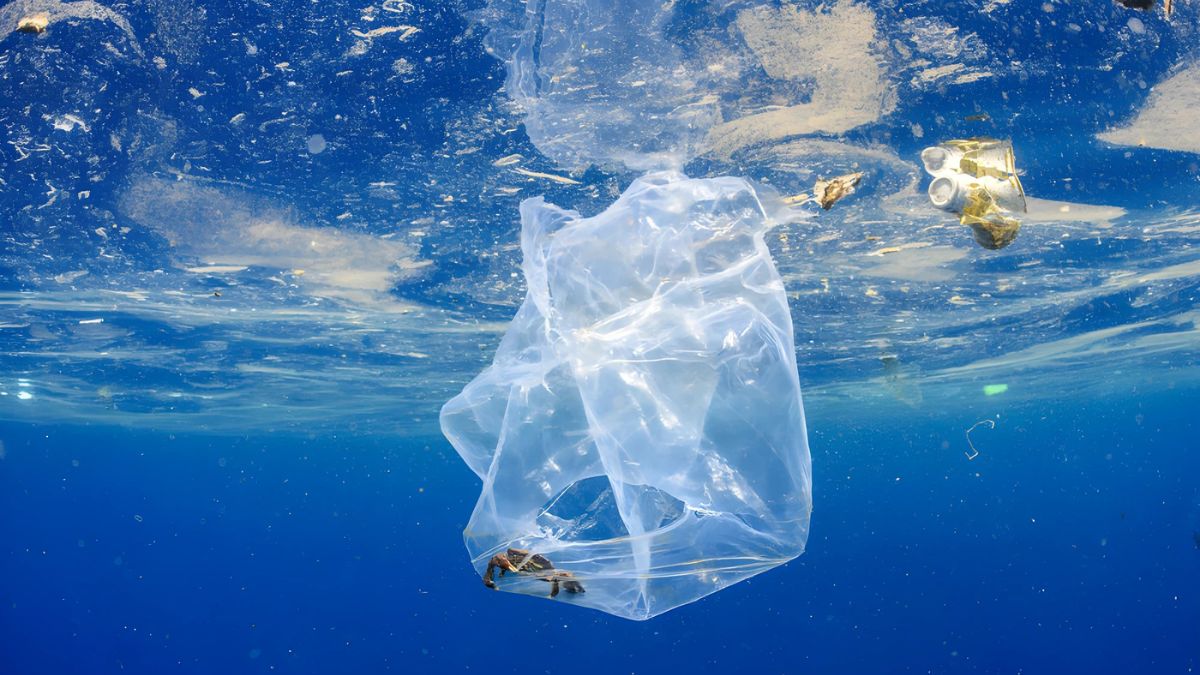Imagine finding an energy source so powerful and clean it could supply an entire country for centuries. Sounds like science fiction, right? Well, scientists have just gotten one step closer to making it a reality — and it’s coming from right beneath our feet. This exciting new discovery is called geologic hydrogen, and it’s naturally stored deep underground in the Earth’s crust.
Let’s look into what this means, why it’s such a big deal, and how it could reshape the future of clean energy and climate change.
Power
There’s a new player in the clean energy game, and it’s unlike anything we’ve seen before. Geologic hydrogen, also called natural hydrogen, is stored underground in rock formations and reservoirs.
According to the U.S. Geological Survey (USGS), there could be up to 6.2 billion tonnes of hydrogen trapped beneath the Earth’s surface. Here’s the wild part: just 2% of that amount could power a whole country for over 200 years. That’s a serious game-changer.
In a world desperately looking for sustainable and reliable energy sources, this could be one of the biggest breakthroughs yet.
Benefits
We already use hydrogen for energy, but the process usually requires large amounts of electricity or fossil fuels. Here’s how traditional hydrogen is produced:
- Green hydrogen: Made through electrolysis using electricity to split water.
- Blue hydrogen: Created by breaking down natural gas using heat and steam.
Both methods are energy-intensive and require massive infrastructure.
Geologic hydrogen, on the other hand, is already formed and waiting to be used. No factories, no complex industrial processes, and much lower emissions. It’s like finding a ready-made battery underground — just plug in and go.
Climate
Climate change is accelerating, and the need for clean, renewable energy is more urgent than ever. Geologic hydrogen offers a real chance to reduce greenhouse gas emissions and speed up the global transition away from fossil fuels.
For a long time, scientists believed hydrogen couldn’t stay underground — it’s such a light molecule that it was thought to escape through tiny cracks. But recent discoveries in Albania and West Africa proved otherwise. Traps that hold hydrogen have been found, giving real hope that this fuel source can be used on a global scale.
Challenge
Here comes the tricky part. While the quantity of hydrogen is massive, getting it out is no easy task.
Many of the deposits are deep underground or even underwater, making access extremely expensive and technologically challenging. In other cases, the hydrogen exists in such small amounts that it’s not financially worth extracting.
That said, researchers are making progress. The USGS has already located 110 million kilograms of geologic hydrogen across the United States. It’s there — just waiting for the right tools and techniques to be tapped.
Future
Although the extraction process needs improvement and regulations are still in development, the potential is enormous. Some countries are already taking steps forward:
- Mali is actively looking into hydrogen deposits and developing pilot projects.
- Australia is investing in research and infrastructure to test natural hydrogen viability.
If more governments and private companies jump on board, this could become a cornerstone of sustainable energy — powering homes, vehicles, and industries without polluting the planet.
Here’s a quick overview of what makes geologic hydrogen so promising:
| Feature | Details |
|---|---|
| Source | Found underground in rock formations |
| Estimated Volume | Up to 6.2 billion tonnes globally |
| Usable Amount | Just 2% could power a country for 200+ years |
| Clean Energy | No emissions, no manufacturing process needed |
| Challenges | Deep deposits, costly and difficult extraction |
| Recent Discoveries | Albania, West Africa, and U.S. (110 million kg found) |
| Current Users | Mali and Australia exploring for energy use |
| Environmental Impact | Low; major help in fighting climate change |
Geologic hydrogen might be hidden, but it won’t stay in the shadows for long. With climate change pressing harder than ever, this natural, abundant, and clean resource could help us unlock a greener future. The energy revolution might not come from the sky, sun, or sea — it could come from beneath our feet.
FAQs
What is geologic hydrogen?
It’s natural hydrogen found underground in rock formations.
How much hydrogen is underground?
Up to 6.2 billion tonnes, according to USGS estimates.
Is it cleaner than other hydrogen?
Yes, it’s ready-made and doesn’t need energy-intensive processing.
Can it power an entire country?
Yes, just 2% could power a country for 200+ years.
Where is it being explored?
Countries like Mali, Australia, and the U.S. are exploring it.























